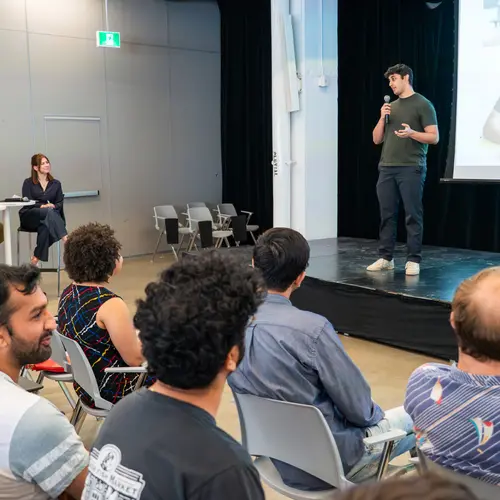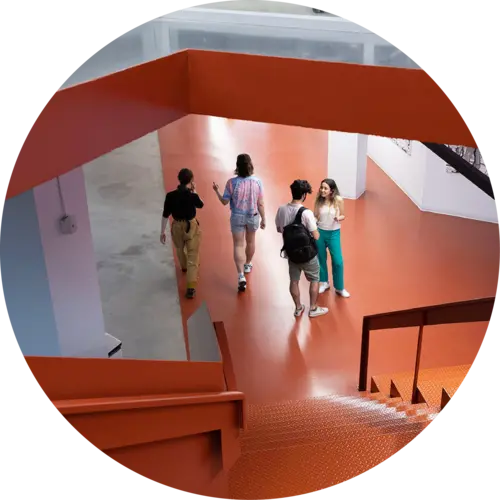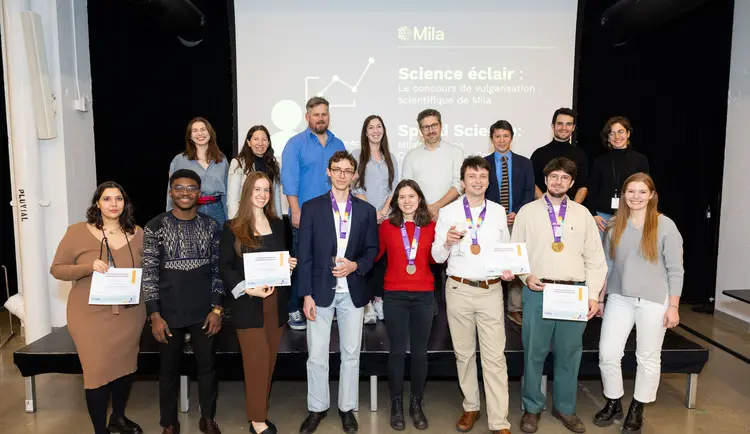
Mila, in partnership with Université Laval and Calcul Québec, officially launched TamIA, the first AI computing cluster specifically designed to support academic research in the country. Located on Université Laval’s campus, this infrastructure was the first component to begin operations of the three facilities that will eventually form the Pan-Canadian AI Compute Environment (PAICE).
TamIA enables eligible researchers in Quebec and across Canada to carry out cutting-edge AI research in fields as diverse as healthcare, the environment, biodiversity, robotics, and language. Once operating at full capacity, the cluster will consist of 75 interconnected servers, 4,000 processor cores, and 38,000 gigabytes of RAM—an exceptional level of computing power.
PAICE was established under Phase 2 of the Pan-Canadian AI Strategy to address the evolving AI needs of Canada’s research community by delivering dedicated national AI infrastructure—focusing on compute capacity and related services. PAICE is a collaborative effort led by the Digital Research Alliance of Canada, CIFAR, national AI research institutes (Amii, Mila, and Vector Institute), advanced research computing organizations (Calcul Québec), and host sites at Université Laval, University of Alberta, and University of Toronto. This partnership ensures inclusive governance and oversight from Canada’s research community.
Quote from Frédéric Chanay-Savoyen, Vice President, AI Solutions and Technology at Mila:
“TamIA represents a step forward for Canada’s AI research ecosystem. This infrastructure will allow AI researchers across the country to access the computing power they need to explore new research directions and drive innovations with strong potential for societal impact. Increased computing capacity fosters an environment that supports interdisciplinary collaboration on a national scale and will help Quebec and Canada maintain their global leadership in cutting-edge AI research.”
Installed in the former Van de Graaff accelerator silo at the Alexandre-Pouliot Pavilion, the cluster benefits from an energy-efficient design that captures the heat generated by the servers to warm other buildings on campus—an energy output equivalent to that of 140 households. The two other PAICE clusters come online this spring at the University of Toronto and the University of Alberta.
For more information on PAICE, visit the related page on the Digital Research Alliance of Canada website.





